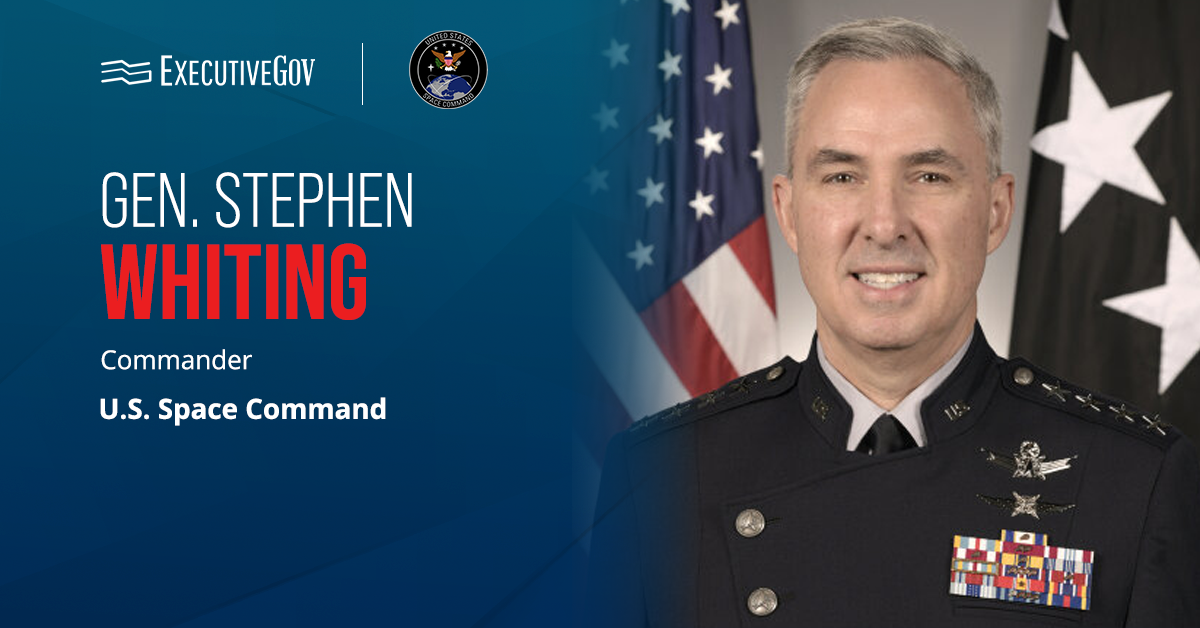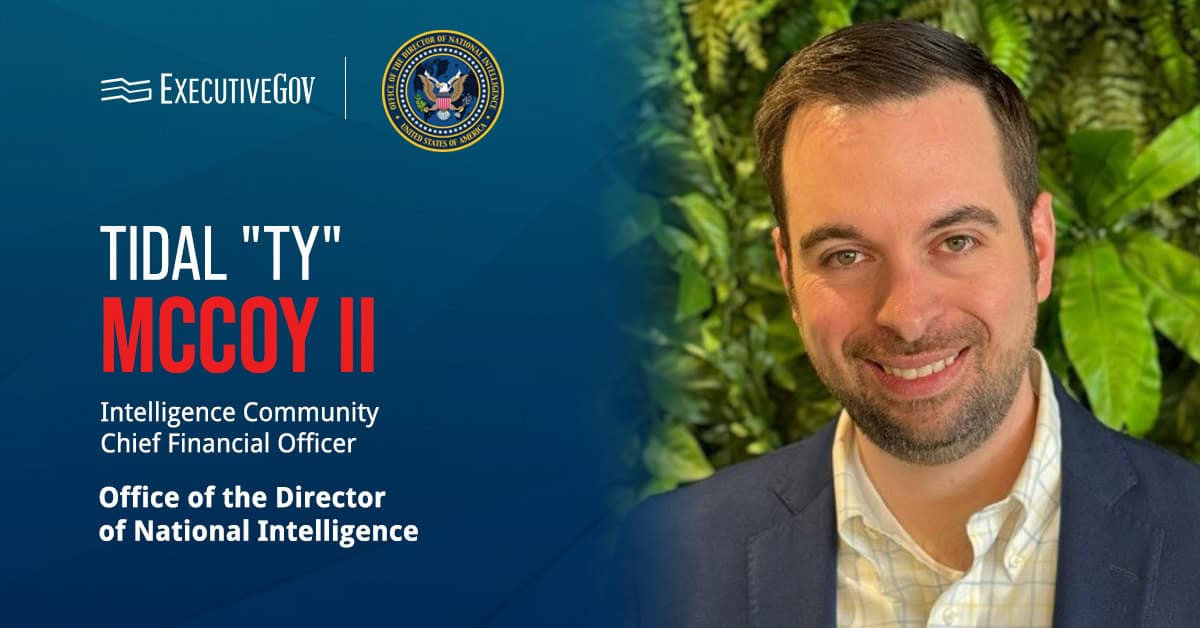Gen. Stephen Whiting, commander of U.S. Space Command and a previous Wash100 awardee, discussed at a symposium the five principles of USSPACECOM’s “Elements of Victory,” which he said could help deter adversaries and achieve warfighting advantage in space.
During his keynote at the Space Symposium, Whiting said those five principles are: operating through a first strike; transitioning from crisis to conflict; integrating and synchronizing joint, interagency, allied and commercial effects; deploying, regenerating and reconstituting space forces; and achieving space superiority. He described the “Elements of Victory” as “our best military judgement for what we need to win in a conflict … informed by lessons learned in other domains, from the best thinking across our Joint Force, exercises, and modeling and simulation.”
Table of Contents
Support for Golden Dome Development
In his remarks, Whiting said USSPACECOM is supporting the development of a missile defense shield, called Golden Dome, in accordance with President Donald Trump’s executive order.
“Space will be foundational to the success of the Golden Dome,” the general said. “USSPACECOM is partnering with U.S. Northern Command, Missile Defense Agency, the Space Force and other stakeholders to write an initial capabilities document aimed at defining the capabilities-based requirements that the Golden Dome architecture will need.”
Multinational Force-Operation Olympic Defender
The commander announced that Multinational Force-Operation Olympic Defender had reached initial operating capability with seven member countries – the U.S., Australia, Canada, Germany, France, New Zealand and the U.K.
“We are definitely better together when we operate with these partner nations in space,” Whiting noted.
Achieving Space Superiority
The general also highlighted the command’s efforts to ensure space superiority, particularly the development of improved space domain awareness, or SDA, capabilities.
“To help field better SDA capability more quickly, USSPACECOM supported a strategic funding increase from the Air Force Research Lab, through SpaceWERX and AFWERX, which will result in LeoLabs deploying a next-generation Seeker-class Ultra High Frequency radar site in the Indo-Pacific region,” Whiting said.





